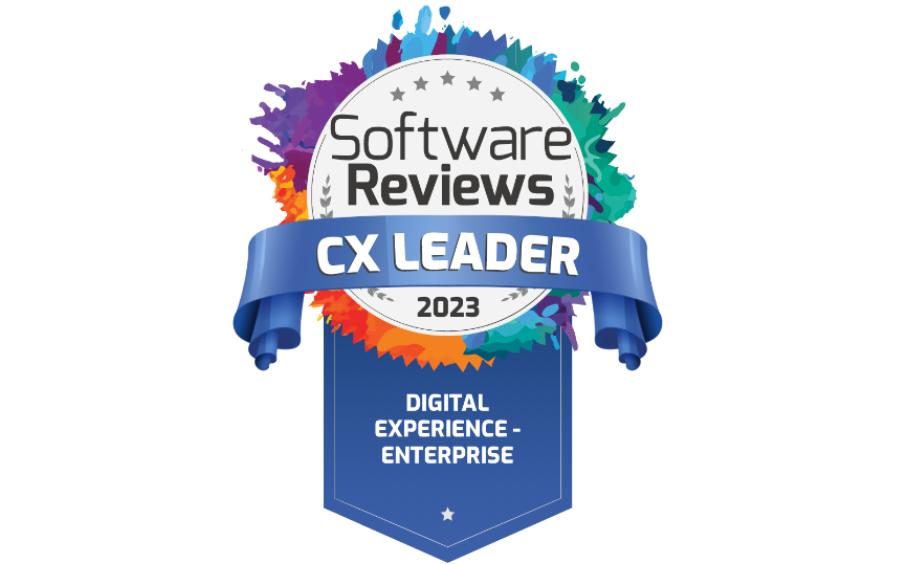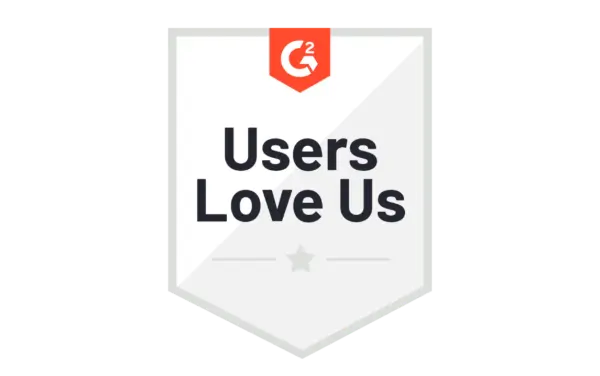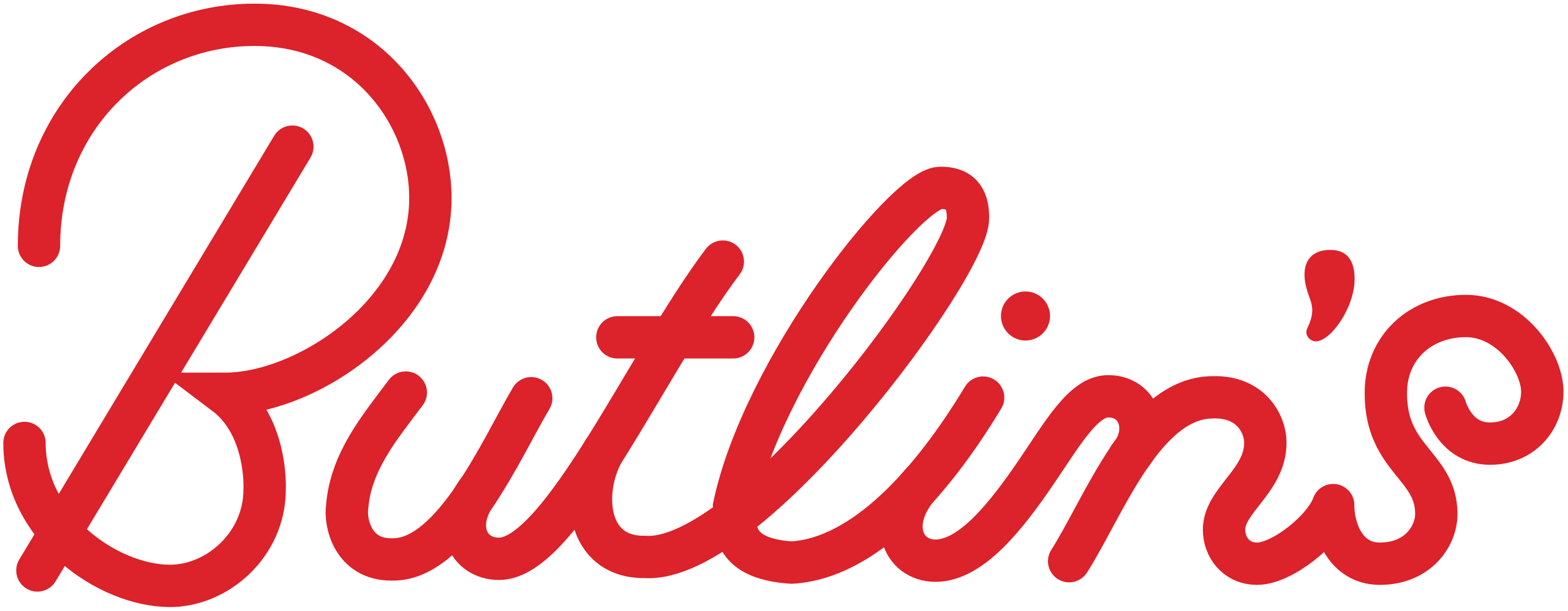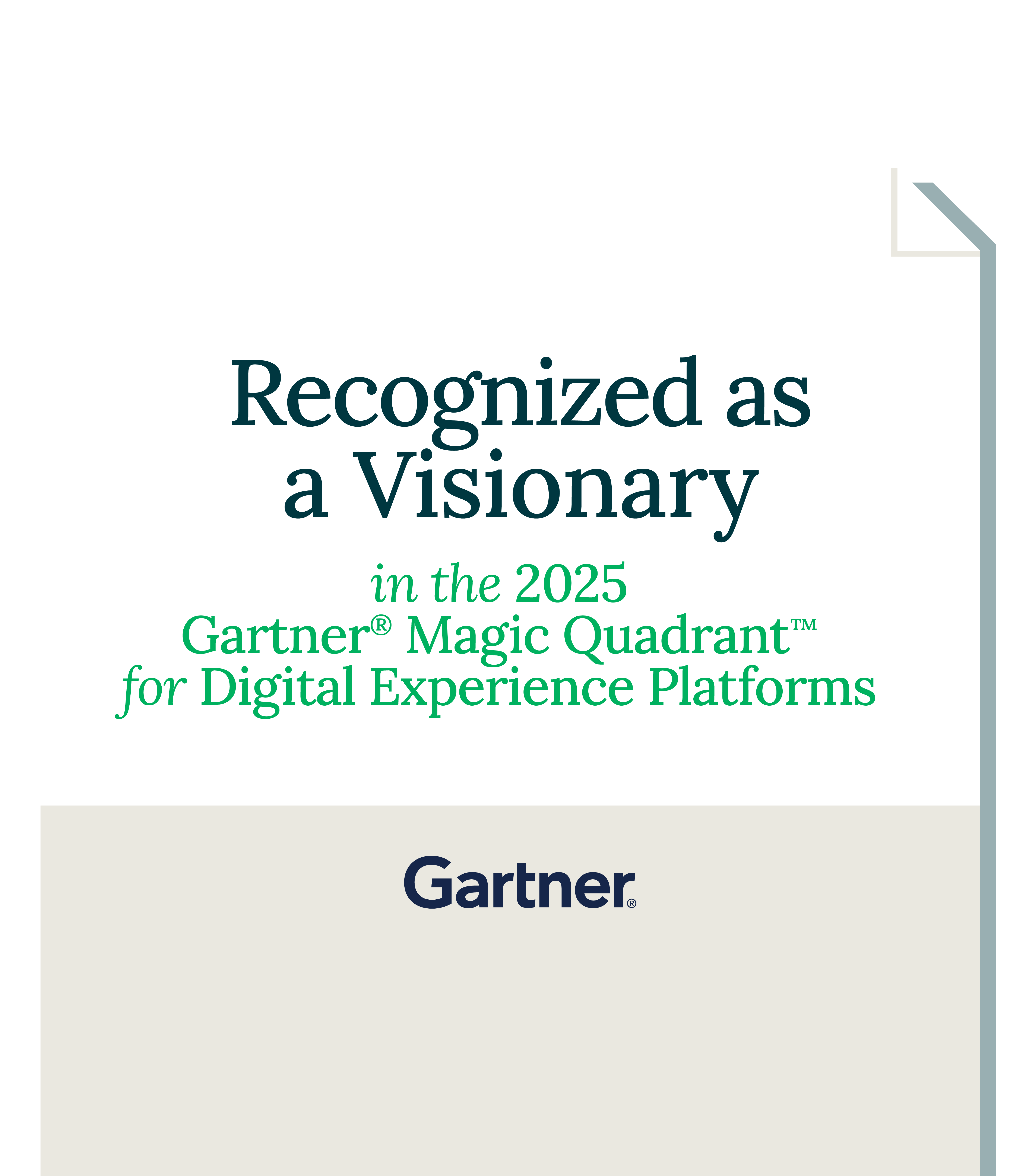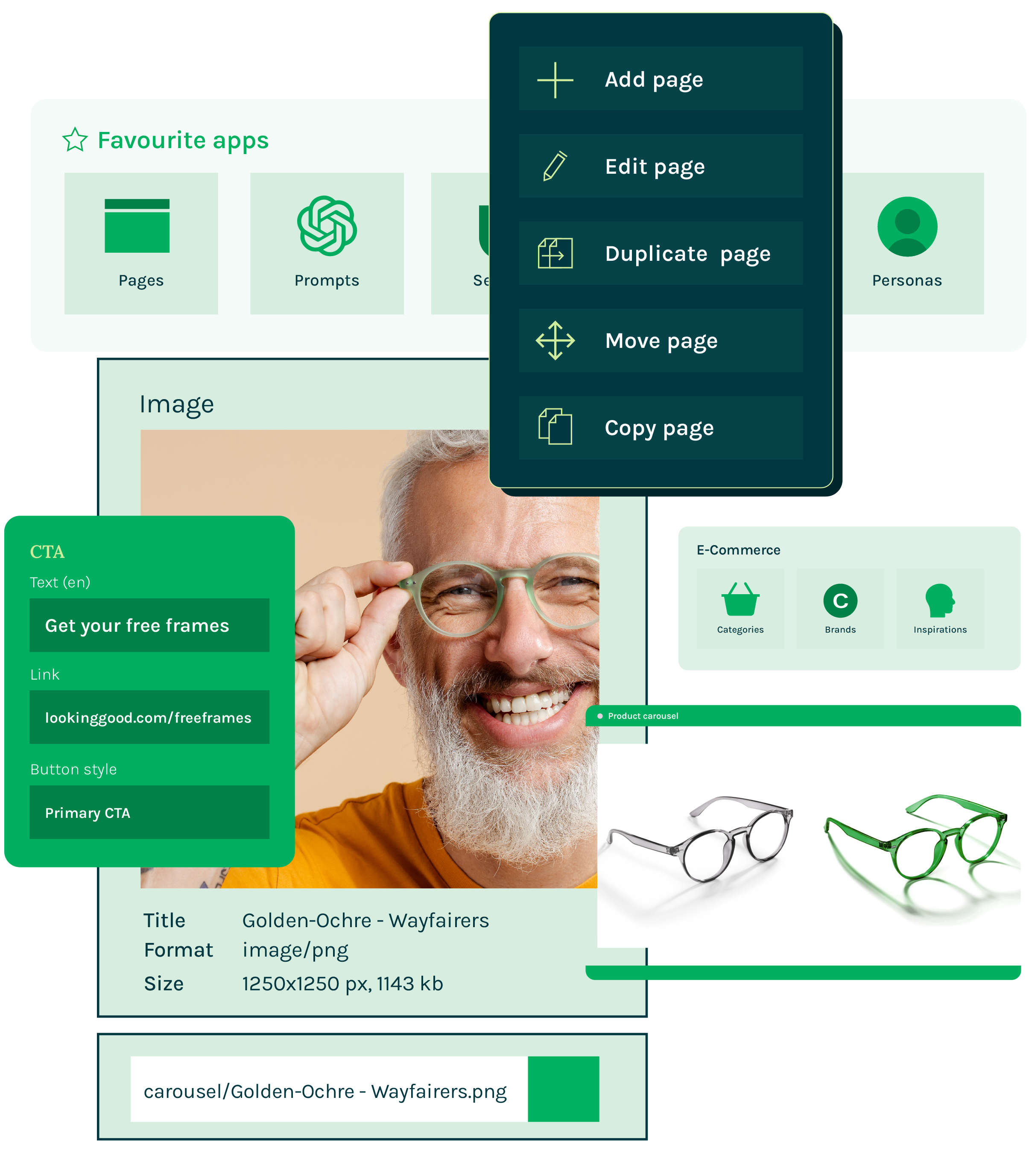
Magnolia for ecommerce
Create better ecommerce experiences
大多数电商系统擅长管理产品数据和执行交易。为客户提供个性化的购物体验则是内容管理系统的专长。
凭借其一流的前后端分离 CMS、连接器和Headless Accelerator,Magnolia 可帮助您通过一个系统打造从产品描述到付款的跨渠道购物体验。
您的线上业务遇到的最大挑战是什么?

Big marketing goals but your ecommerce CMS is limiting you?
您现有的 CMS 限制了线上业务的增长?用 Magnolia 来为您的客户创建引人入胜的数字体验,以推动线上业务的增长。

Time to hit reset on your current ecommerce set-up?
您现有的技术架构是否还能满足客户数字体验的需求?集成 Magnolia 与最先进的产品管理系统和营销自动化系统,为您的客户打造一流的数字体验的同时保证技术架构能够灵活地适应未来的变化。
内容与电商的真正融合
无论您是要更换现有的 CMS,还是要彻底改造您的 IT 架构,Magnolia 都非常适合用来为您的客户提供现代化的数字购物体验,并为您的营销人员和技术人员提供支持。观看我们的演示视频以了解详细信息。
实现内容驱动的电商体验
打造极致的线上购物体验。轻松结合 CMS 和电商后台系统,通过优秀的文案来推动线上业务的发展。
千人千面
借助 AI 驱动的搜索和内容推荐功能,打造个性化的数字体验,从而提高客户转化率和留存率。
跨渠道营销
使用拉拽式编辑器创建页面、实现多渠道预览并预定发布时间来构建营销活动页面。在单个系统内创建和管理跨渠道的营销活动,而无需 IT 的协助。
数字资产管理
使用我们的 Image Focal Points 技术为所有渠道打造一流的媒体体验。让您的买家在引人入胜的内容中了解产品。
全球推广
提供跨多个站点和语言的体验。使用我们的 Live Copy 和自动翻译功能,在全球各个市场实现客户体验的落地,了解如何更好地与本土的对手竞争。













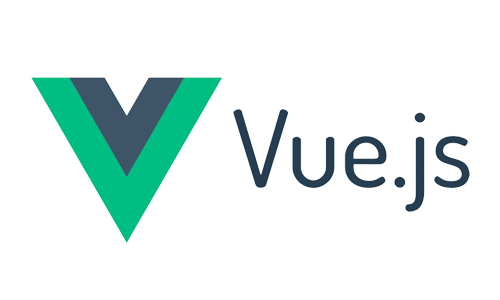



快速、灵活,满足未来的需求

电商成功案例


